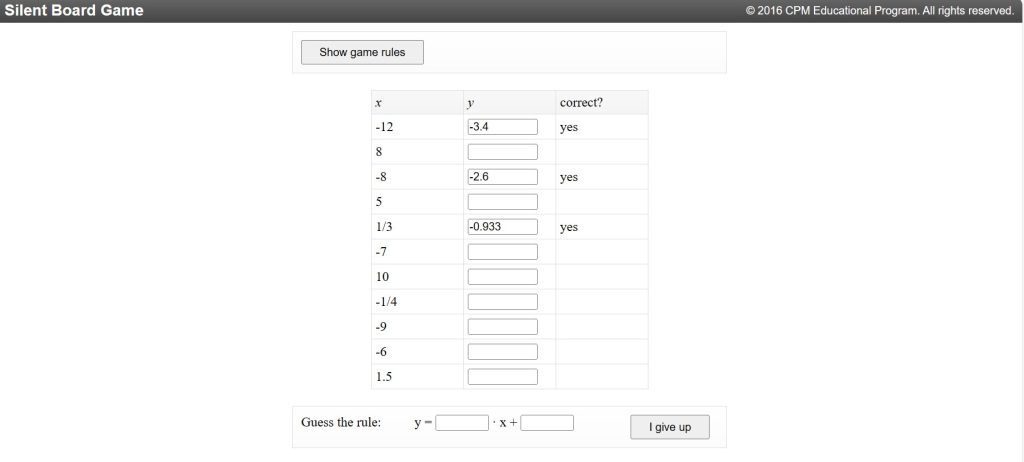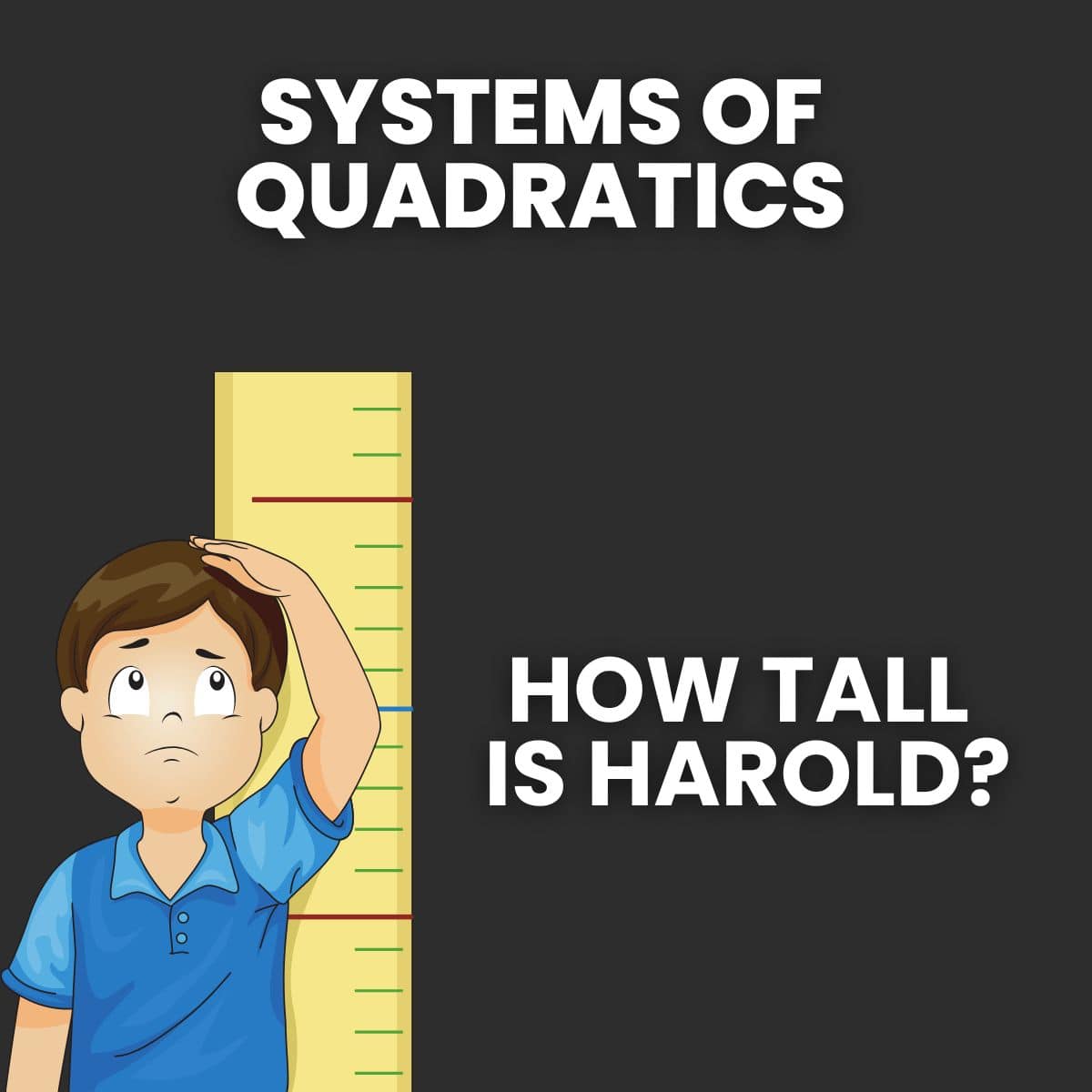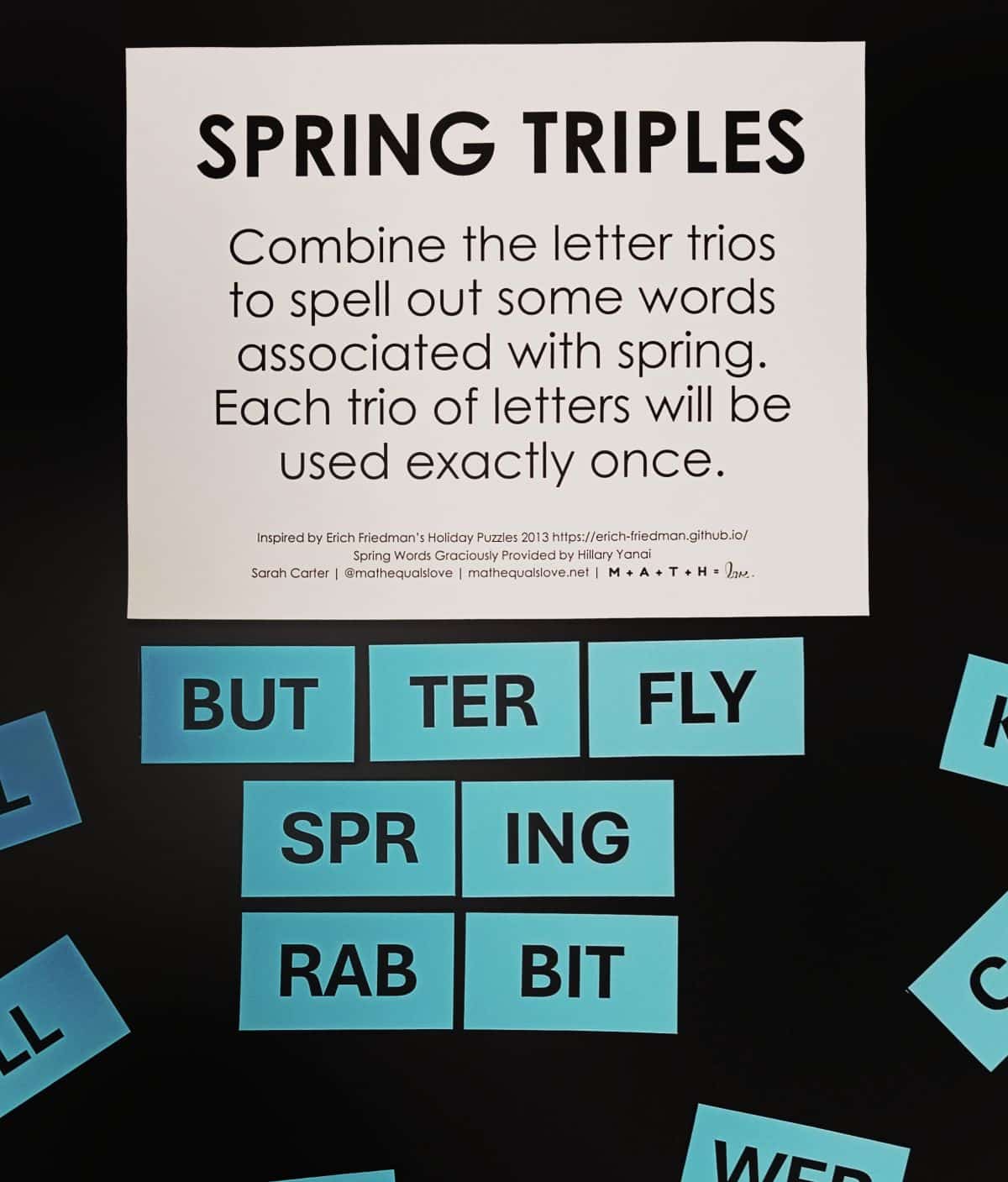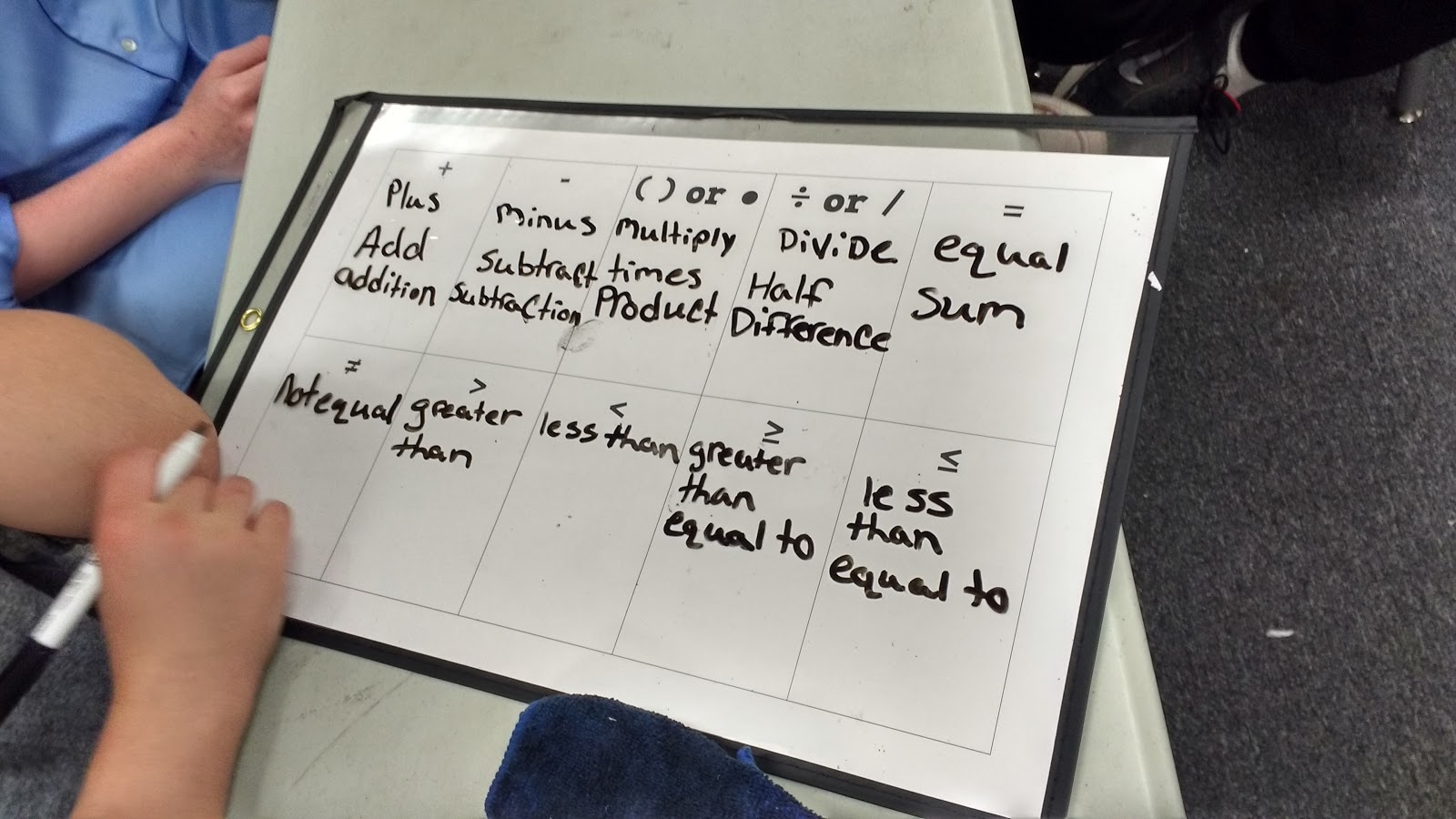Silent Board Game for Finding Function Rules
This blog post contains Amazon affiliate links. As an Amazon Associate, I earn a small commission from qualifying purchases.
The Silent Board Game is a strategy to help students practice finding and writing the rule for a function.

I was introduced to the silent board game strategy at a session on “Fun Functions: Active and Interesting Function Activities” hosted by CPM at the 2016 Summer Conference of the Oklahoma Council of Teachers of Mathematics.
Setting up the Silent Board Game
When I entered the session that the room was in, one of the first things I noticed was a laminated strip of paper taped to the wall.

You could also use technology to project an input/output table on the screen for students to see.

CPM offers a PDF file with several examples of silent board game tables.
Running the Activity
This is truly meant to be a silent board game. This kind of surprised me during the workshop even though the word silent is in the title of the activity.
In the workshop I attended, the facilitator would hold up her dry erase marker in the air until someone raised their hand.
She would hand them the dry erase marker, and they would walk to the board and silently fill in an output value.
If the output value was correct, there was silence.
If the output value was incorrect, there was still silence, but the facilitator would walk to the board and erase the incorrect value.
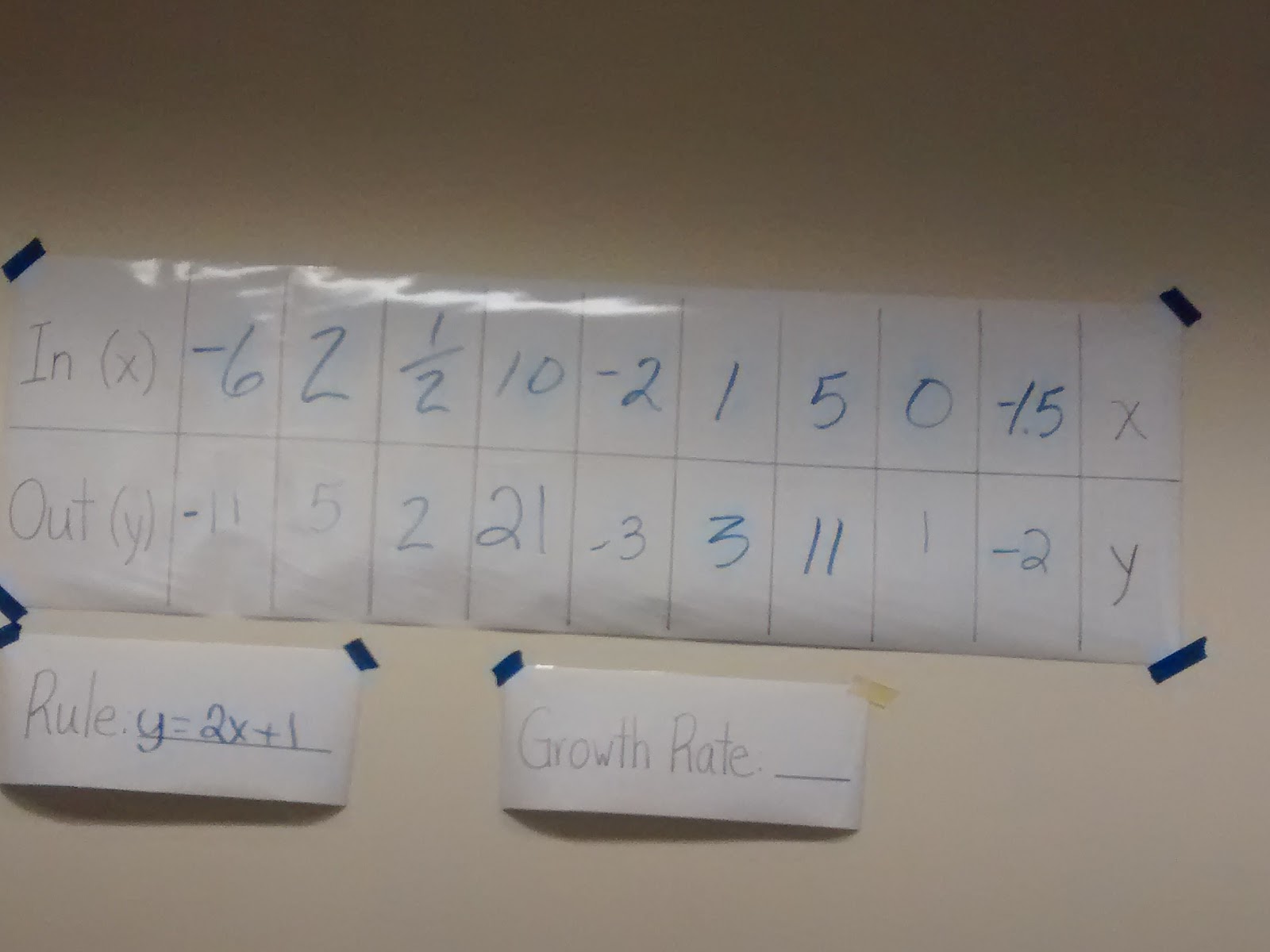
This continued until the board was filled. Then, we moved on and silently filled in the rule for the function and the functions’ growth rate.
Adapting the Activity
One participant in the session suggested a tweak to this activity: have a graph where students plot each point after adding it to the table. This could help students see if the function was linear, exponential, etc.
I found a tweet from Bowie Middle School where they showed a coordinate plane next to their silent board game table.
Digital Versions of the Silent Board Game
CPM offers a digital version of this Silent Board Game activity on their website that can be used to practice finding function patterns for a wide variety of different types of functions including linear, quadratic, cubic, exponential, logarithmic, and absolute value.
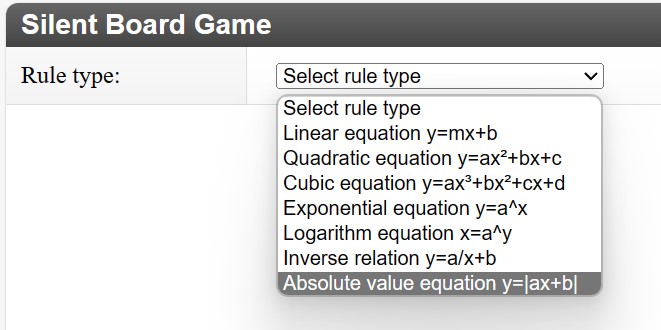
As the teacher, you can either choose a specific rule yourself to challenge your students with or let the computer pick a random function rule.
Here are the instructions for the Silent Board Game on CPM’s website:
1. Students should remain silent during the game.
2. Students raise their hands to be recognized.
3. A recognized student types an answer in one of the cells and presses ‘ENTER’.
4. The student will get a “Yes” or a “No” and then quietly sit down.
5. The teacher will delete any incorrect answer.
6. At any time, a recognized student can type in the generic rule (equation).
7. Once the correct rule is given, all of the table will fill in and the game is over.
Here’s an example of the online interface for practicing finding the rule for a linear function:
